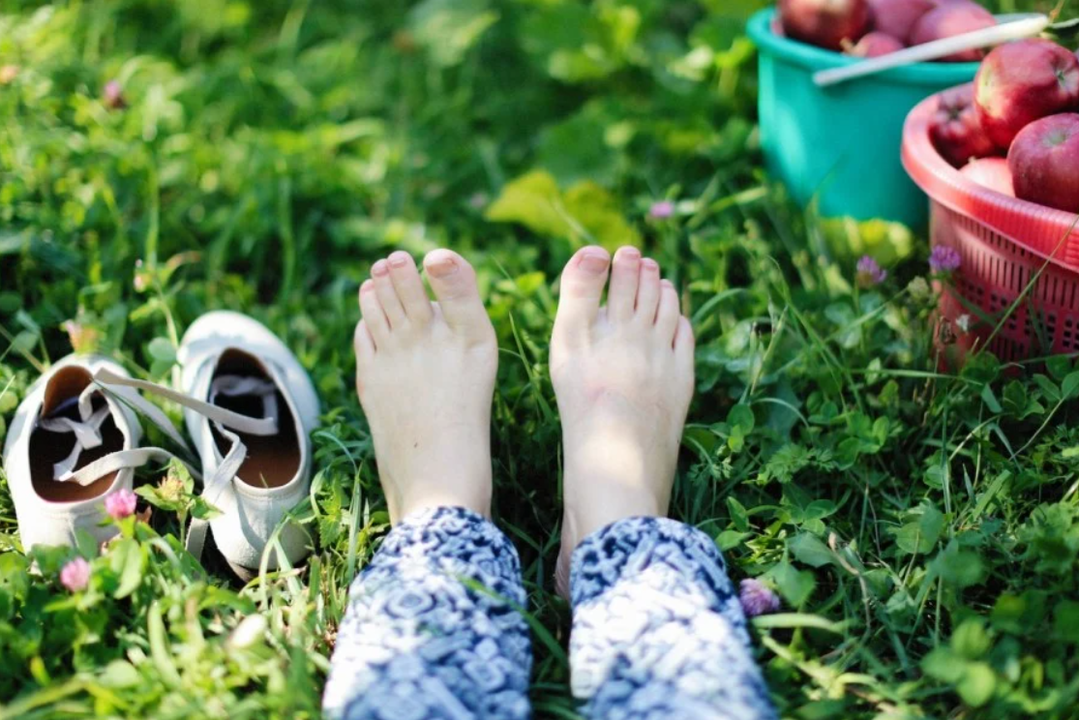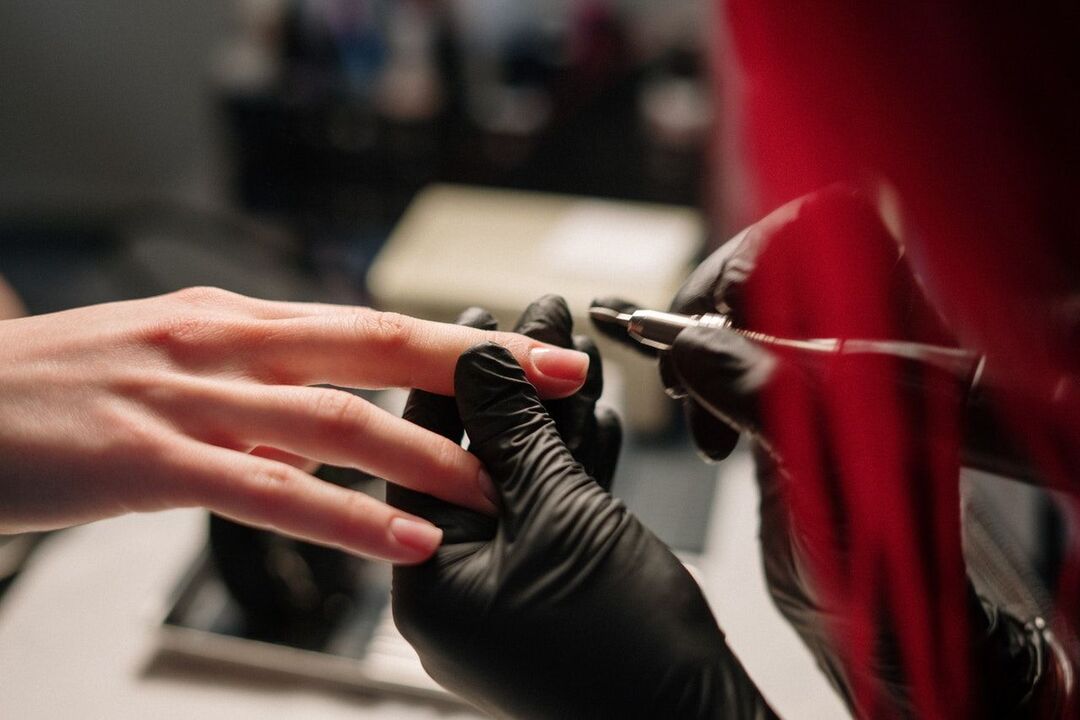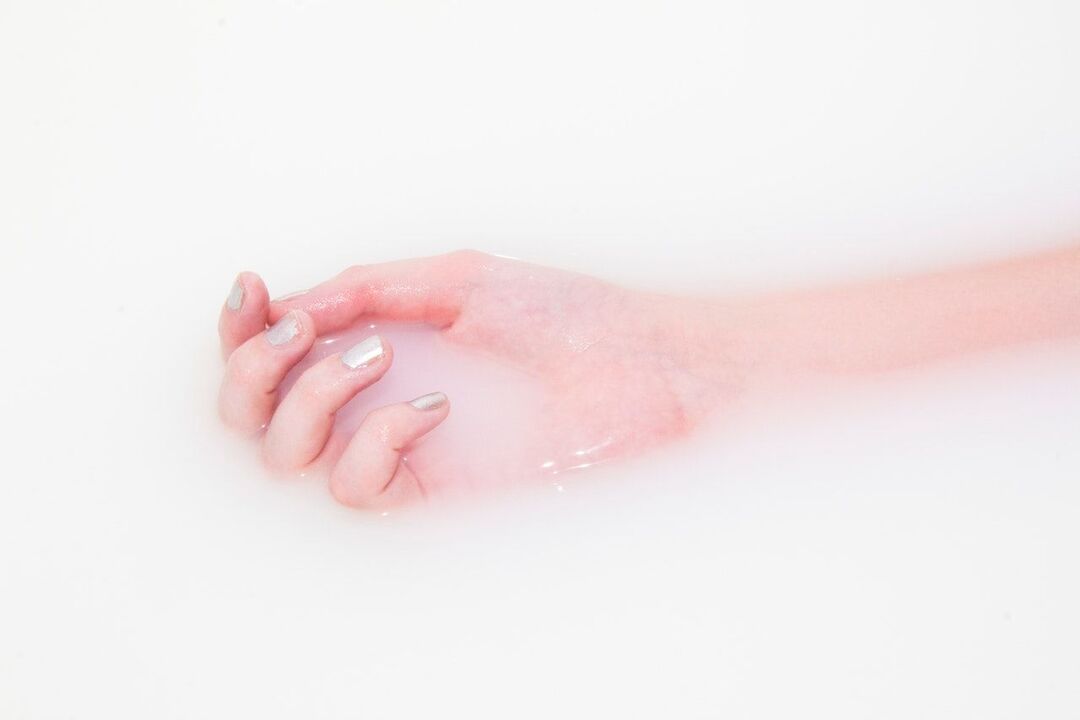
What is onychomycosis?
- dermatophytes;
- yeast;
- moldy;
- Trichophyton;
- Microsporidia;
- Athlete's foot.
- Pathogenicity.
- Conditional disease.
Why does fungus appear on nails?
- weakened immune system;
- Concomitant chronic diseases (e. g. , eczema, diabetes);
- Failure to observe personal hygiene rules;
- Traveling to places where fungal infections are concentrated (bathhouses, saunas, swimming pools, public showers, water parks);
- Wearing closed shoes makes your feet sweat easily;
- Old age (after 65 years old, natural immunity declines);
- Working environment conditions (working in humid environment, elevated room temperature, radiation, dusty, dirty environment).

How do pathogens penetrate the deck?
- Destruction of the keratin layer due to injury to the nail plate;
- through the subungual notch;
- Through the proximal nail fold.
What are the types of onychomycosis?
- Normal nutritional type. The nail plate appears with thin yellow-gray stripes, becomes brittle and brittle, but does not thicken, and the subungual is hyperkeratinized.
- Hypertrophic type. This occurs when no treatment is available or the wrong choice is made and is ineffective. First, subungual hyperkeratosis will occur, leading to thickening, which will last long after successful treatment.
- Atrophic type. The most difficult stage of the disease. The nail becomes thinner, becomes more brittle, changes color to a dark grey-brown, and over time its growth is disturbed and completely separates from the nail bed.
What are the symptoms of onychomycosis?
- Pale yellow or gray streaks and spots appear on the nail plate, making it look painful;
- The color of the plate changes to yellow, brown, and brown, darkening to black over time;
- Inflammation of the stratum corneum and proximal ridge;
- The plate thickens and becomes crumbly, brittle, brittle;
- A unique, special odor appears;
- Over time, the nail plate will peel off completely.
How is the disease diagnosed?
How to Treat Onychomycosis?

- Topical - Use only topical ointments and creams that affect pathogens at the lesion site;
- Systemic - Use of oral antifungal drugs that have systemic effects and are needed if the infection has penetrated the affected area through the bloodstream;
- Combination therapy – A combination of local and systemic treatments for best results.
- ketoconazole substance— Effective treatment is achieved in half of cases, with a course of approximately 8 to 12 months;
- itraconazole substanceis a popular antifungal drug that is effective in 85% of cases. Its obvious advantage is that the treatment course is short - only 10 days;
- Terbinafine hydrochloride substance- One of the best remedies that helps in 90% of cases. Treatment for onychomycosis on the hands can take up to 4 months, and onychomycosis on the feet can take up to 6 months. However, the appearance of fungal changes may persist for a long time - up to 50 weeks.























